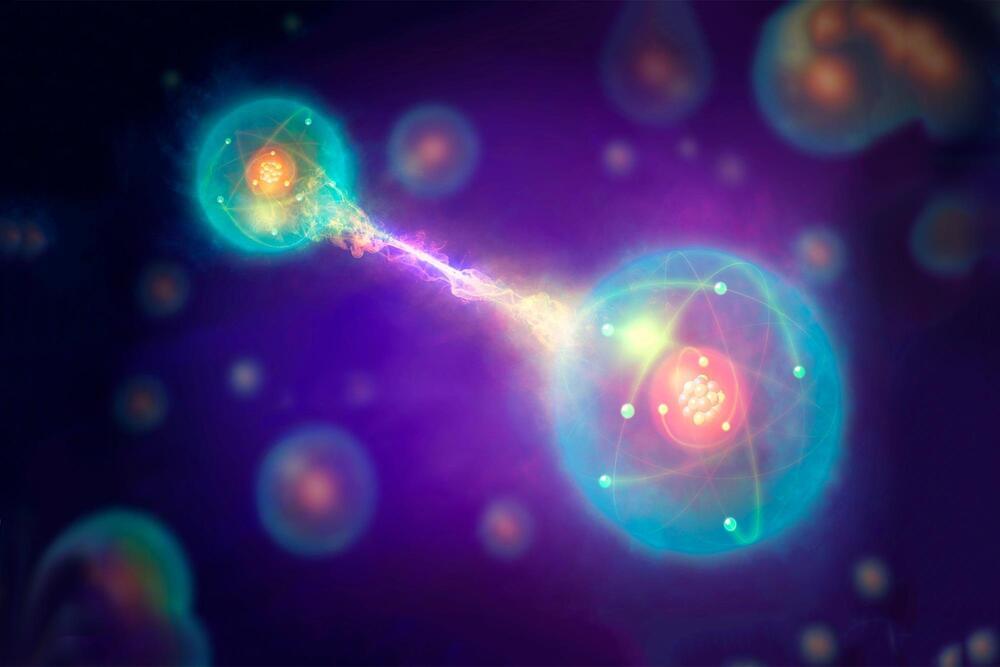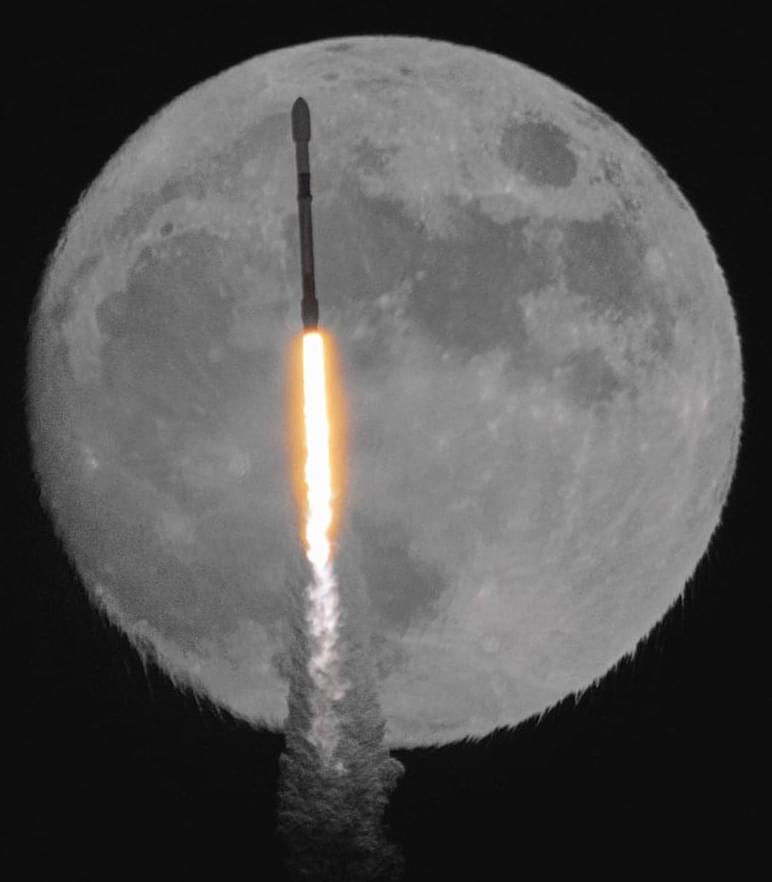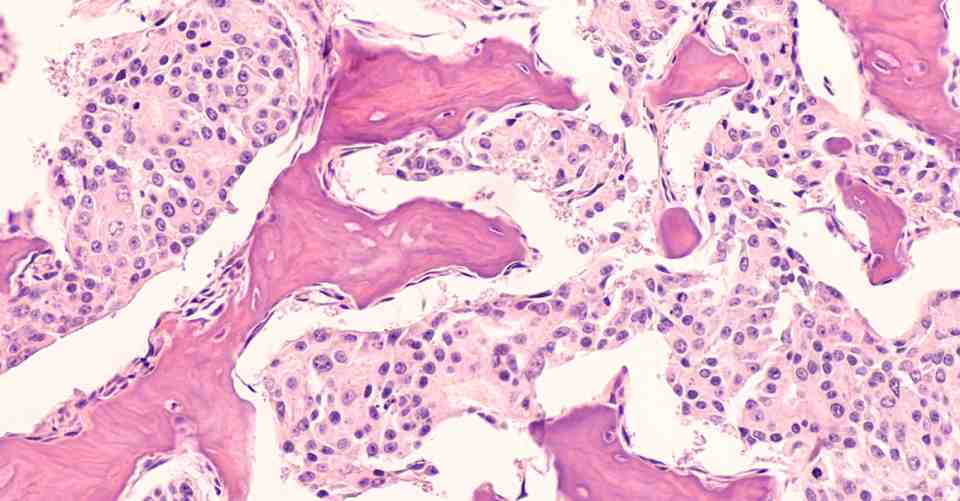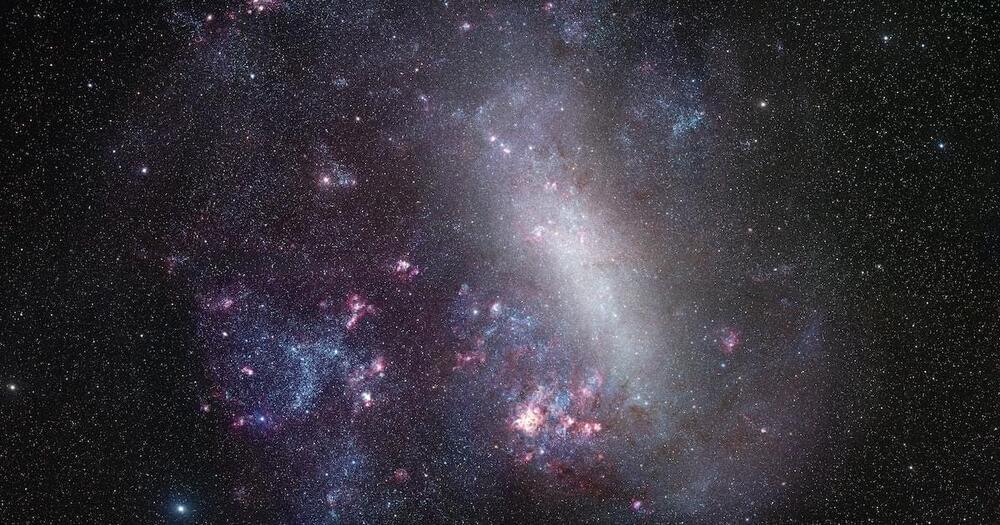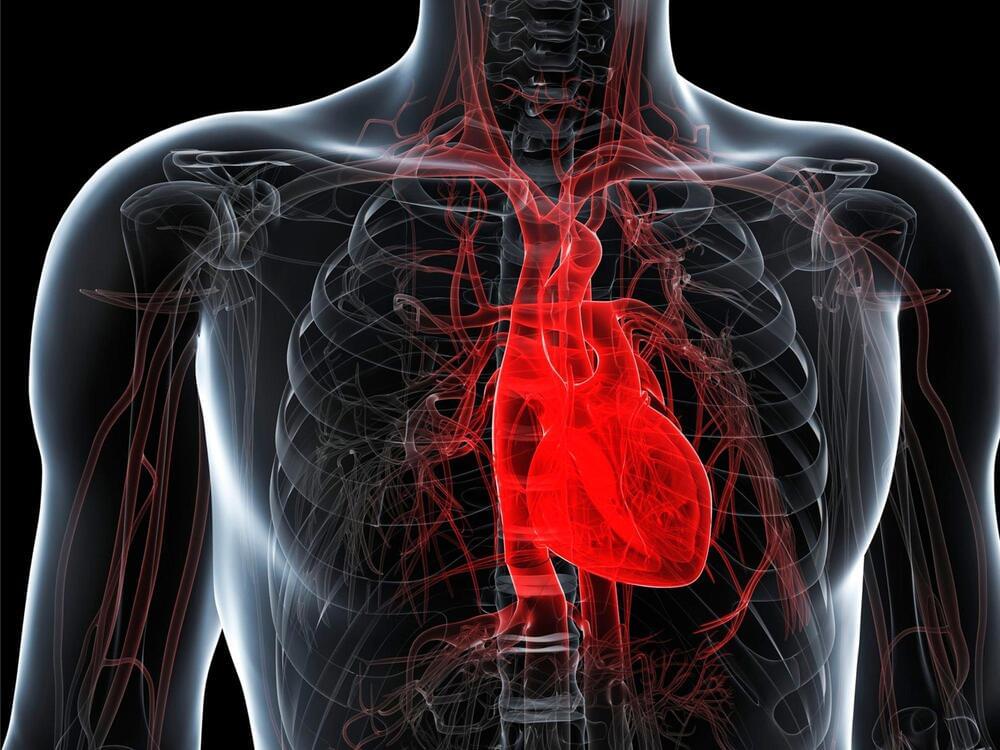
Time halted during the European Football Championship last summer. When football player Christian Eriksen unexpectedly fell, passed away, and was resuscitated on live television, the buzzing anxiety that had filled the air vanished in a matter of seconds. And in no time, millions of people all over the globe were aware of the danger posed by cardiovascular diseases, the leading cause of mortality in the western world, according to the World Health Organization.
When the heart fails in young athletes, the condition ARVC is often to blame. Half of all cases of sudden cardiac arrest in athletes occurring during physical activity are thought to be caused by ARVC.
Researchers from the University of Copenhagen provide new insights into a process involved in the development of the disease in a recent study. In fact, they also present a viable treatment method, according to Professor Alicia Lundby, whose research team led the new study.

